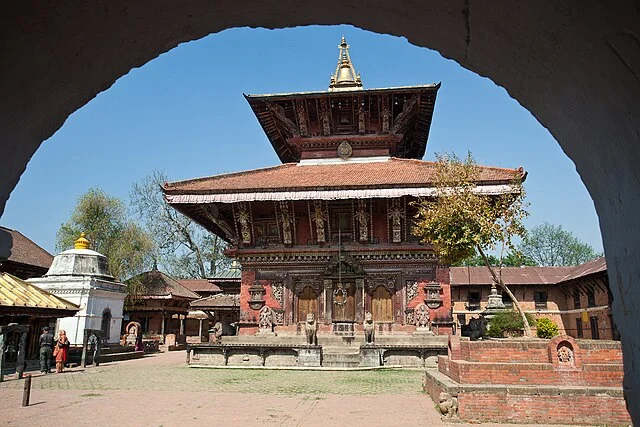The Changu Narayan Temple is one of Nepal’s most significant Hindu temples. It is located in the Bhaktapur District, about 10 kilometers east of Kathmandu. The temple is dedicated to Lord Vishnu, who is worshiped here in his Narayan form. It is considered the oldest Hindu temple still in use, with a history that dates back to the 4th century AD. The temple is a UNESCO World Heritage site, recognized for both its religious importance and its rich history.
Get your dose of History via Email
Historical Significance
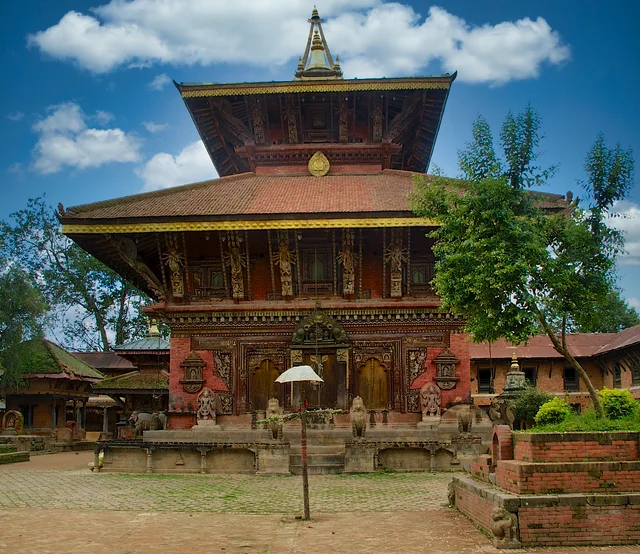
Changu Narayan Temple has an extensive history, believed to have been built during the Licchavi period in the 4th century AD. It was later renovated and expanded during the Malla period, around the 12th century AD. The temple was originally constructed by King Mandev, who ruled in the 4th century AD. According to inscriptions found at the site, King Mandev is credited with promoting the construction of temples dedicated to various gods. The oldest inscription found here dates to the 5th century AD, providing evidence of the temple’s long history.
Architecture
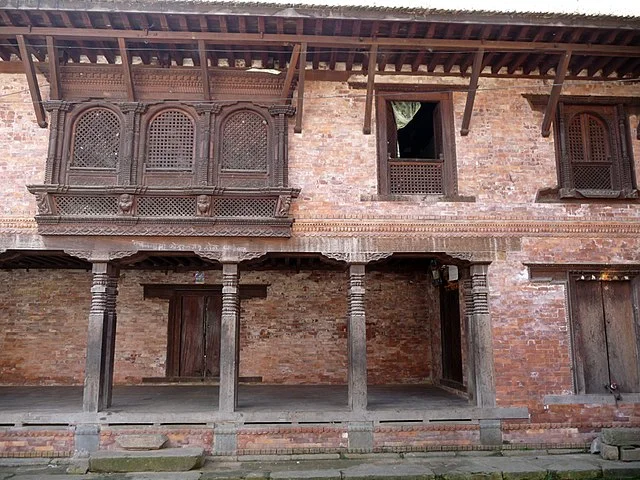
The temple is a prime example of the Newar style of architecture, which combines Hindu and Buddhist design elements. The structure is made primarily of wood and brick, with intricate carvings and statues adorning its exterior. The main temple consists of a two-story pagoda with a bronze image of Lord Vishnu in his Narayan form. The temple’s roof is covered with copper and is supported by wooden pillars.
Around the main temple, there are numerous other smaller shrines and sculptures, some of which depict Hindu deities like Shiva, Brahma, and Lakshmi. The surrounding courtyard features stone inscriptions and an ancient stone pillar, which is important for its historical value.
Religious Importance
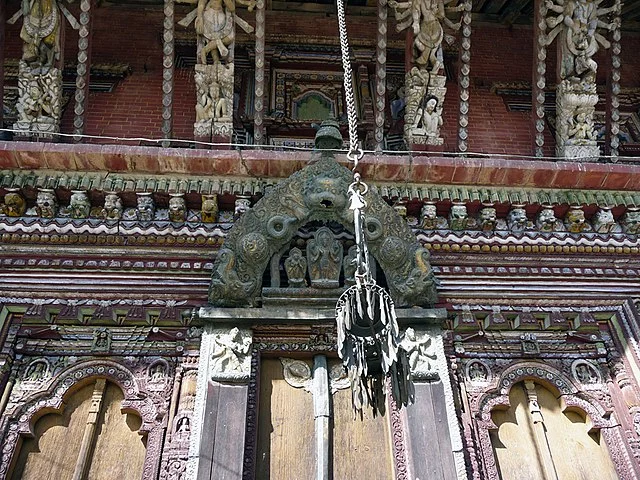
Changu Narayan Temple is one of the holiest sites for Hindus in Nepal. It is dedicated to Lord Vishnu, a key deity in Hinduism. Every year, thousands of pilgrims visit the temple to offer prayers and participate in religious ceremonies. The temple also serves as a focal point during various festivals, especially during the Hindu festival of Vijaya Dashami, when devotees gather to worship Vishnu and other deities.
The temple’s religious significance is not limited to its architecture. It is also a center for preserving and promoting ancient texts, rituals, and practices of Hinduism. The site is believed to have been a major center of learning and religious study in ancient Nepal.
Art and Inscriptions
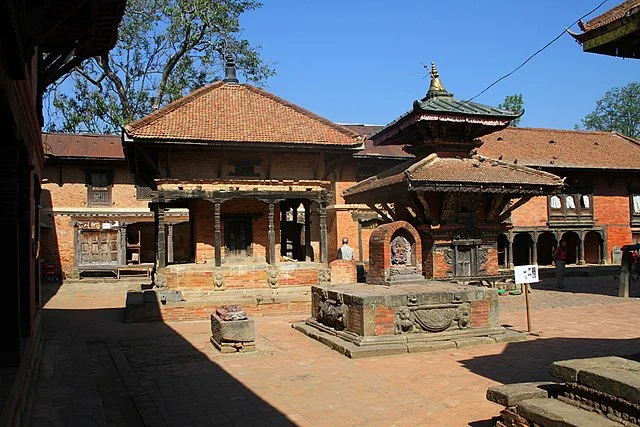
Changu Narayan Temple houses numerous works of art, including detailed carvings, statues, and paintings. These artifacts reflect the temple’s long history and the evolving art styles over the centuries. The temple’s walls feature carved depictions of Hindu deities, and there are several bronze statues of gods and goddesses.
The inscriptions found at Changu Narayan are particularly valuable. The oldest inscription, dated to the 5th century AD, is significant as it marks the beginning of the temple’s construction and its subsequent role in Nepalese religious life. These inscriptions provide insight into the political and religious climate of the time, detailing the reigns of various kings and their contributions to the temple.
Cultural Preservation
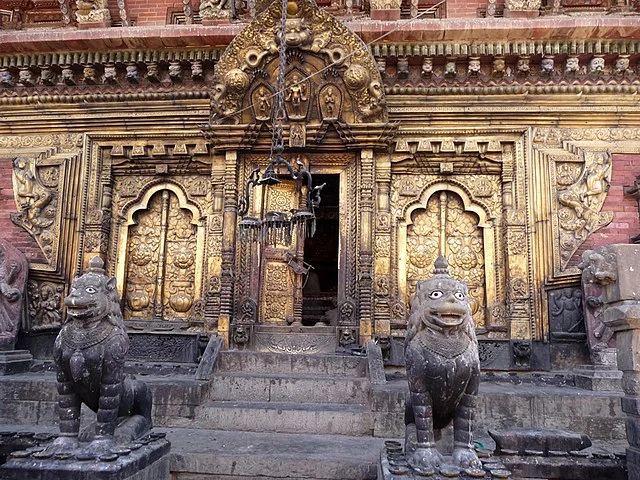
Changu Narayan Temple plays an essential role in the cultural preservation of Nepal’s history. The site has endured despite the challenges of time, war, and natural disasters. In 1934, a major earthquake damaged the temple, but it was restored with the help of local and international efforts.
Today, the temple continues to be a focal point for the preservation of Nepalese religious and cultural traditions. Efforts to maintain the temple’s structure and artifacts have ensured that it remains an integral part of Nepal’s religious and cultural identity.
Conclusion
Changu Narayan Temple is not just a religious site; it is a historical and cultural landmark. It offers valuable insight into the architectural and artistic achievements of ancient Nepal. As the oldest Hindu temple in use, it remains a symbol of Nepal’s deep spiritual and cultural heritage. Its continued preservation is essential for understanding the evolution of Hinduism and the role of sacred sites in shaping the history of the region.
Source:

